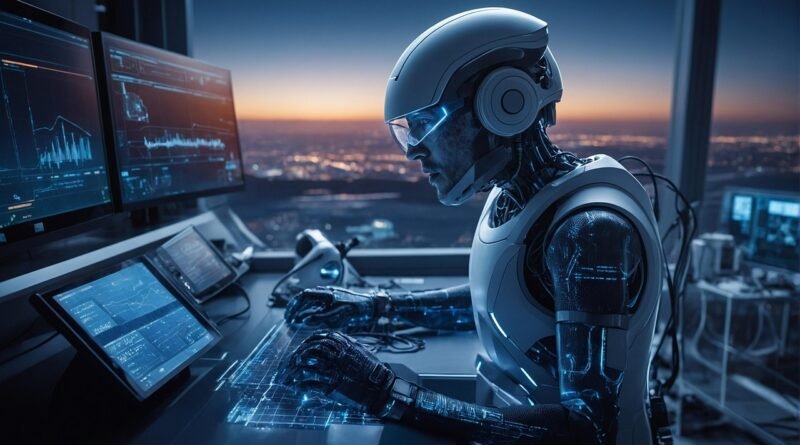The Emerging Role of Digital Twins in Shaping Smart Cities of the Future
Introduction
As urbanization accelerates worldwide, cities face increasing challenges in managing infrastructure, resources, and services efficiently. In 2025, Digital Twin technology—the creation of real-time virtual replicas of physical assets and environments—is gaining traction as a transformative tool for building smart, sustainable cities.
This article explores how digital twins are revolutionizing urban planning, resource management, and citizen engagement, highlighting recent advances and future possibilities.
What Are Digital Twins?
A digital twin is a dynamic virtual model that mirrors a physical object, system, or environment, continuously updated with data from sensors, IoT devices, and external sources. This allows city planners, engineers, and decision-makers to simulate scenarios, predict outcomes, and optimize operations without risking real-world consequences.
Key Developments in 2025
- Integration with AI and IoT: Advanced AI analytics combined with vast sensor networks provide deeper insights and autonomous control capabilities for digital twins.
- City-Scale Modeling: Entire metropolitan areas, including buildings, transportation, utilities, and public spaces, are being modeled digitally with unprecedented granularity.
- Real-Time Data Streaming: Improvements in 5G and edge computing enable real-time data flow between physical assets and their digital counterparts, enhancing responsiveness.
- Collaborative Platforms: Cloud-based digital twin platforms facilitate multi-stakeholder collaboration, allowing governments, businesses, and citizens to co-create urban solutions.
Applications Transforming Urban Life
- Infrastructure Management: Digital twins help monitor the health of bridges, roads, and utilities, predicting maintenance needs and reducing downtime.
- Traffic and Mobility: Simulating traffic flows and public transit enables optimization of routes, reducing congestion and emissions.
- Energy Efficiency: Real-time modeling of energy consumption supports smarter grids and renewable integration.
- Disaster Preparedness: Virtual scenarios simulate natural disasters like floods or earthquakes, improving emergency response planning.
- Citizen Engagement: Interactive digital twins provide transparent data access and feedback channels, fostering participatory governance.
Challenges and Considerations
- Data Privacy and Security: Collecting and processing vast amounts of urban data requires robust measures to protect citizens’ privacy.
- Interoperability: Integrating diverse systems and data formats remains a technical hurdle.
- Cost and Complexity: Developing and maintaining large-scale digital twins demand significant investment and expertise.
- Digital Divide: Ensuring equitable access and benefits across socio-economic groups is essential.
The Road Ahead
Digital twin technology is set to become a cornerstone of future smart cities, offering a powerful lens to design sustainable, resilient, and citizen-centric urban environments. Key trends to watch include:
- AI-driven predictive analytics for proactive city management.
- Expansion of digital twins beyond cities to regional and national infrastructure.
- Enhanced immersive experiences through AR/VR interfaces integrated with digital twins.
- Policy frameworks to govern ethical use and data sharing.
Conclusion
In 2025, digital twins are not just a futuristic concept but an active driver of smarter urban living. By bridging the physical and digital worlds, they empower cities to tackle complex challenges with agility and innovation.
For policymakers, developers, and citizens, embracing digital twin technology is essential for creating the sustainable, efficient cities of tomorrow.

